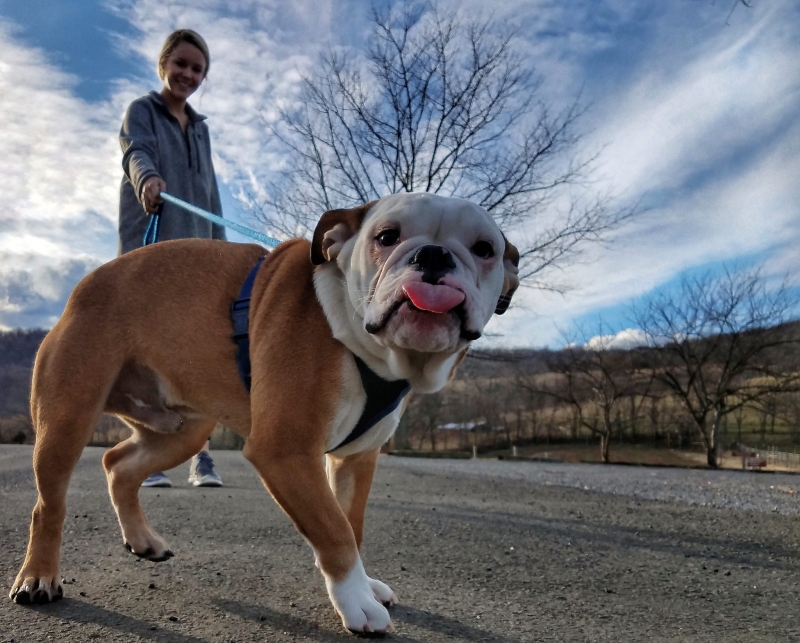Exercise and Dogs
Dogs make great walking and running buddies – they’re always available and are usually very keen to get out and about. It’s not surprising to learn that they too enjoy the physical and emotional benefits to exercising. In fact, they experience the same “runner’s high” that people do after a period of high intensity exercise and it has a very positive effect on their mood and behaviour.
Before grabbing that leash and collar and heading out on the footpath, there is a little bit of preparation to be done.
It’s a good idea to have your dog’s health checked; a visit to the doctor is advised before starting any exercise program and your dog is no different. Your vet can advise about foot and nail care, proper nutrition for increased activity, injury prevention and talk about any individual issues that may affect your canine exercise buddy. Some dogs just aren’t suited to running because of their anatomy. Short nosed breeds including the Pug and Bulldog can easily overheat if they exercise too much.
You also need to consider your dog’s age – young dogs need to wait until they’re physically mature to start running or going on longer walks. Older dogs may benefit from the use of a joint support product with their meals and again your vet can show you some options that will help to keep their joints in good condition.
Some days will be too warm to exercise. Dogs don’t sweat like we do; instead they stay cool by moisture evaporating from their tongue and mouth as they pant. It’s better to err on the side of caution if it’s warm because heat stroke can still occur in autumn.
Keep an eye on your dog’s feet as you build up your distance. Too much too soon can abrade their footpads and be very painful. Choose the right equipment. Your dog can wear a fixed collar, a head halter or a chest harness but avoid using check chains because if they pull, it can restrict air ?ow and as already mentioned, the movement of air in the respiratory tract is important in keeping them cool. A four-foot (1.2 m) or six-foot (1.8m) webbing leash is a good choice. Chain leashes can hurt your hand and retractable leashes don’t allow enough control when running.
If you’d like to learn to run with your dog, use a suitable beginners training program. The Couch to 5k program available online and as a smartphone app is perfect – it starts with short runs interspersed with walk breaks and as you progress, the runs gradually get longer and the walk breaks get shorter. Keep in mind that the program is a guide, not a rule book. If you or your dog struggle with a session, it’s fine to take an extra day to rest or to repeat that session.
Exercising with your dog opens up new experiences. Many walking and running groups welcome people with dogs. You’ll make new friends and discover new routes in your area and the exercise will improve the health of both you and your canine family member.

